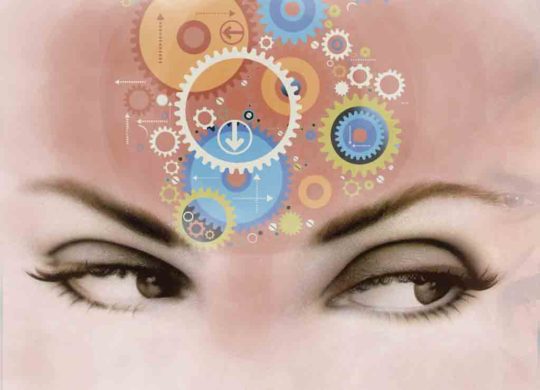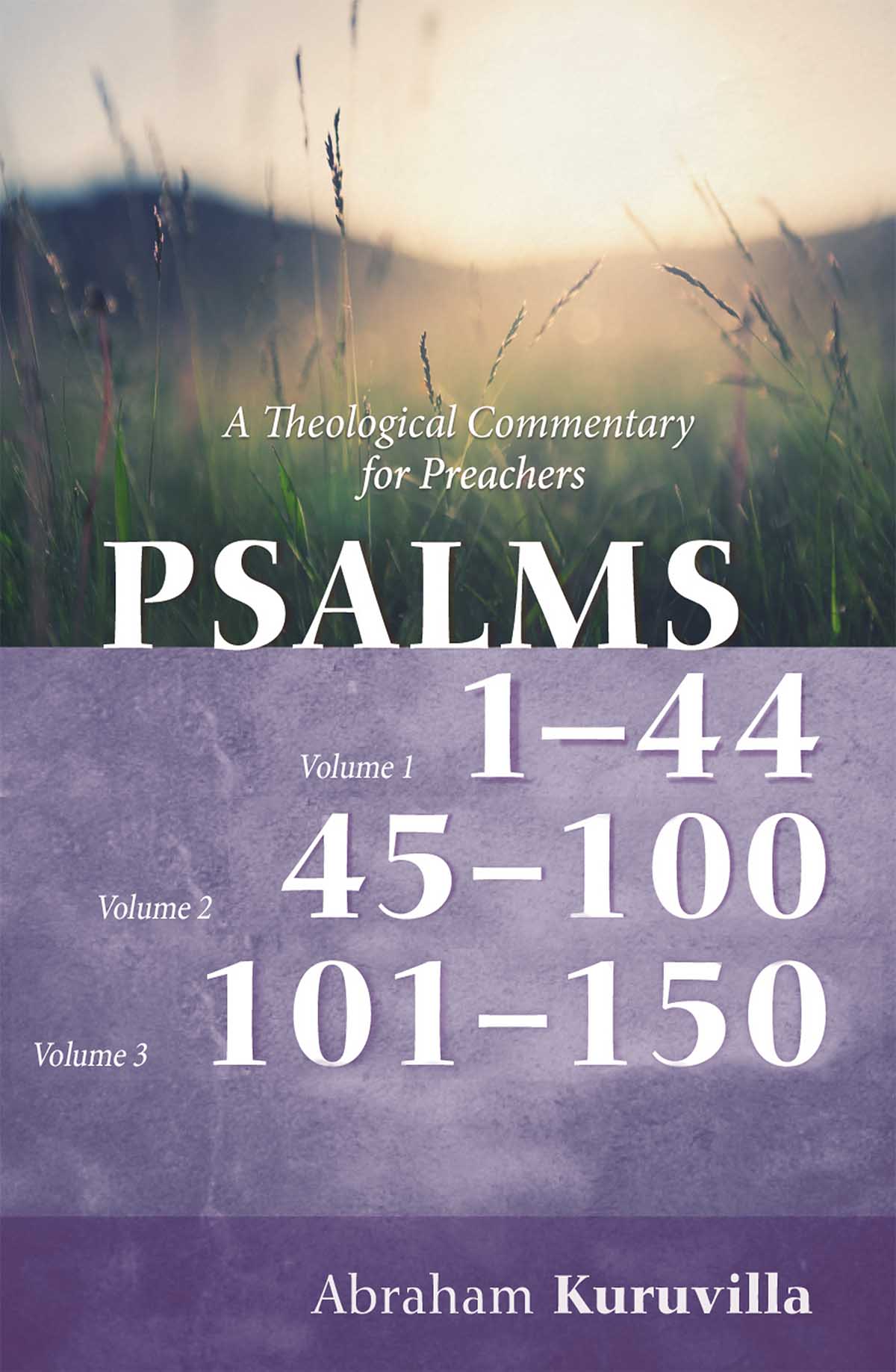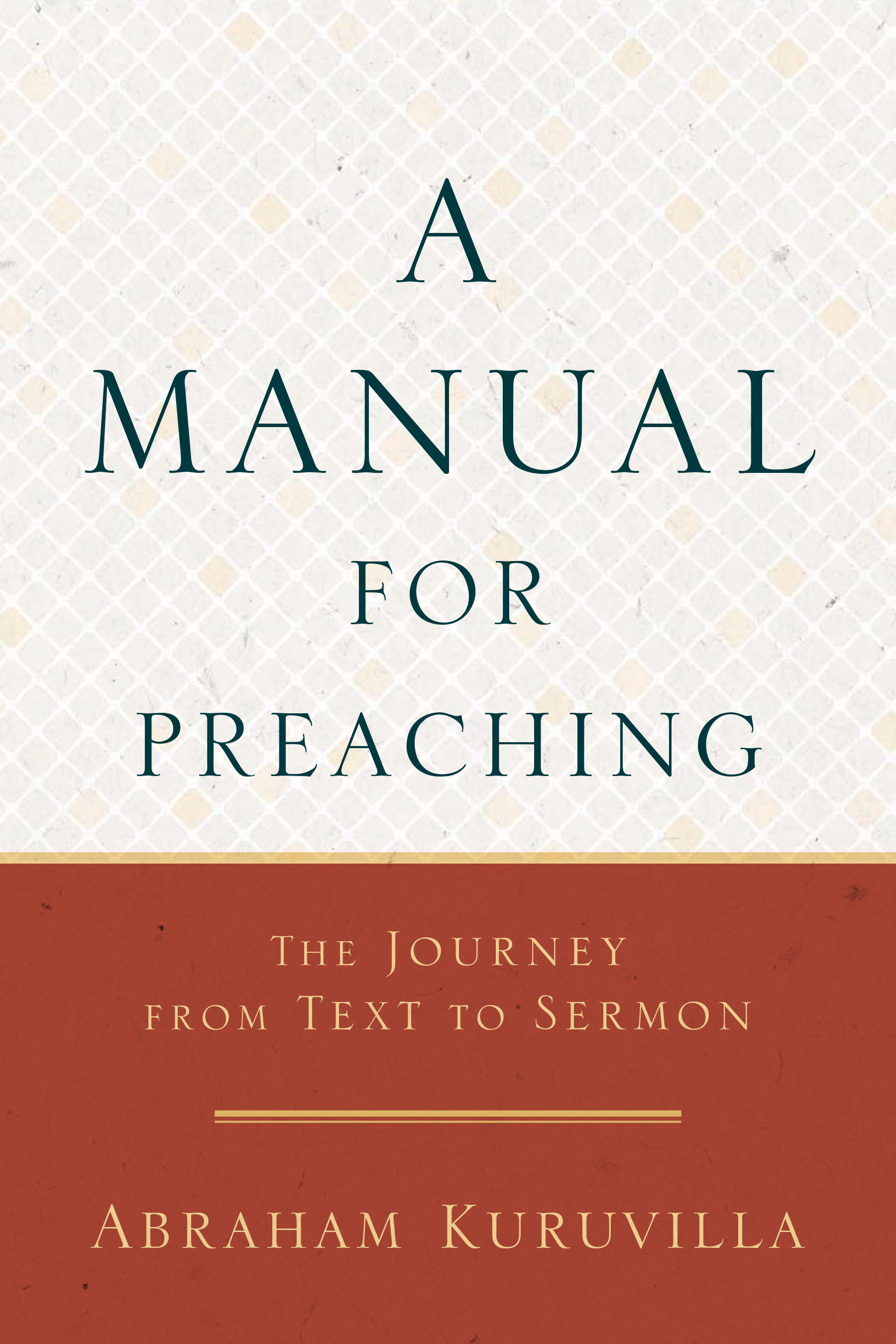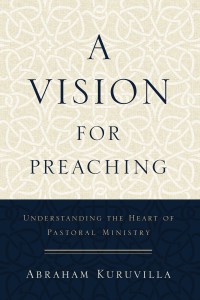Seeing?

The accepted dogma was that once captured and stored, memories could be retrieved but not rewritten. Kinda like a read-only file on your computer. Apparently, that’s not the case.
Declared Daniela Schiller, a neuroscientist at Mount Sinai School of Medicine in New York, who researches memory:
Each time you retrieve a memory it undergoes this storage process. That means the memory is in an unstable state, rewritten and remodeled every time it is retrieved. And we don’t really remember the original; we remember the revised version. We aren’t a slave to our past. If you are stuck with a bad memory, it is just one version; it’s not exactly the truth and you can revise it.”
“Moldable memories,” someone called it. Revisable. Updateable. And … untrustworthy.
So what can we trust? Seeing is believing, they’ve been saying all the time. But not for much longer.
A Los Angeles startup, Pinscreen, can now create a video out of a static image. Not a recording, but a concoction fabricated out of whole cloth by software, a product of the rapidly advancing fields of deep neural networks and artificial intelligence and reality.
Hao Li, who researches computer-generated video at USC, and one of the founders of Pinscreen (he also helped Apple develop its animojis), said:
You won’t be able to tell the difference between a real video and a concocted one. With further deep-learning advancements, especially on mobile devices, we’ll be able to produce completely photoreal avatars in real time. Of course, you can hire any digital effects team to make Donald Trump or Kim Jong Un look like they’re starting a new war if you wanted to. What’s different now is it becomes very easy to do these things and it can get into the hands of anyone.”
One journalist reporting on this said:
It’s not hard to imagine a world in which social media is awash with doctored videos targeting ordinary people to exact revenge, extort or to simply troll. In that scenario, where Twitter and Facebook are algorithmically flooded with hoaxes, no one could fully believe what they see. And what if they went viral?”
If anything can be “real,” then nothing really is. What can we believe?
Pilate was ahead of his time when he asked:
“What is truth?”
John 18:38
Commented David Ryan Polgar, a writer and tech ethicist:
This goes far beyond ‘fake news’ because you are dealing with a medium, video, that we traditionally put a tremendous amount of weight on and trust in. A video is visceral. It is also a medium that seems objective.”
What a world!
Whom do we trust, in these days of failing memories, faulty sight, and feeble knowledge?
It’s a good thing that, even if we forget, even if we are blinded, and even if we are ignorant, there is One who does not forget, is not blind, and knows all.
“Can a woman forget her nursing child
And have no compassion on the son of her womb?
Even these may forget, but I [God] will not forget you.
Behold, I have inscribed you on the palms of My hands.”
Isaiah 49:15-16
He remembers, even if we don’t. He sees, even if we don’t. He knows, even if we don’t. And he has mercy:
The LORD has compassion on those who fear Him.
For He Himself knows our frame;
He is mindful that we are but dust.
Psalm 103:13-14
So we echo the Psalmist:
I will say to the LORD,
“My refuge and my fortress, My God, in whom I trust!”
Psalm 91:2











 Abe Kuruvilla is the Carl E. Bates Professor of Christian Preaching at The Southern Baptist Theological Seminary (Louisville, KY), and a dermatologist in private practice. His passion is to explore, explain, and exemplify preaching.
Abe Kuruvilla is the Carl E. Bates Professor of Christian Preaching at The Southern Baptist Theological Seminary (Louisville, KY), and a dermatologist in private practice. His passion is to explore, explain, and exemplify preaching.